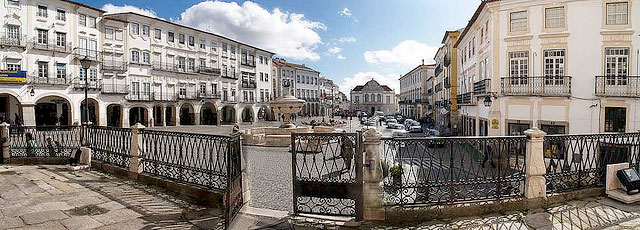The ICAME Journal
CALL FOR SUBMISSIONS
====================
Deadline for submissions: 1 December 2013
Deadline for reviews: 31 December 2013
The ICAME Journal invites submissions for proposed contributions in the field of English Corpus Linguistics for immediate consideration for the next issue in 2014 or the following issue in 2015. Manuscripts for articles, progress reports and shorter notices can be sent to one of the editors:
Merja Kytö
Department of English
Uppsala University
PO Box 527
SE-751 20 Uppsala
Sweden
e-mail: merja.kyto@engelska.uu.se
Anna-Brita Stenström
Nedanvägen 7
SE-291 35 Kristianstad
Sweden
e-mail: ab.stenstrom@telia.com
Books for review and correspondence on reviews and abstracts should be sent to:
Ilka Mindt
Englische Sprachwissenschaft
Institut für Anglistik und Amerikanistik
Warburger Strasse 100
33098 Paderborn
Germany
e-mail: ilka.mindt@upb.de
Date of publication of issue 38: May 2014
CALL FOR SUBSCRIPTIONS
======================
More information and previous issues (in PDF) are available on-line at the ICAME Journal website: http://icame.uib.no/journal.html
To subscribe to the ICAME Journal for the next issue to be published in May 2014 please visit our secure on-line order form:
https://online-payments.lancaster-university.co.uk/browse/product.asp?catid=98&modid=1&compid=1
If this longer URL is broken by your mail reader, please use the following shortcut:
http://tinyurl.com/3xyswlu
Previous issues are still on sale via the same order form.
Please note that a subscription to issue 38 (May 2014) is included in the registration for the ICAME 2014 conference organised by the University of Nottingham. Those who register for ICAME 2014 will automatically receive a copy at the conference.
Queries on subscriptions and distribution should be directed to:
Paul Rayson
School of Computing and Communications
Infolab21
Lancaster University
Lancaster
LA1 4WA
UK.
e-mail: p.rayson@lancaster.ac.uk
The ICAME Journal is published annually by UCREL at Lancaster University in both electronic format and paper copy.

